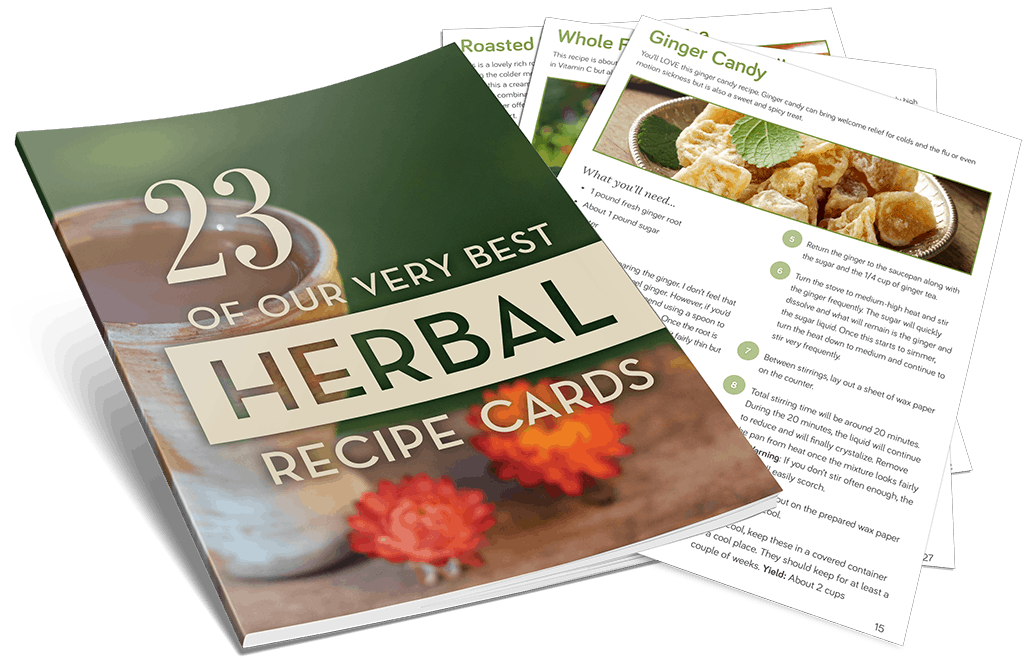Most people are familiar with Aloe vera as an undemanding houseplant that can be called upon in times of sunburn.
And while it is true that the inner filet of the Aloe vera plant is one of our go-to plant allies for mild sunburns, this succulent plant also offers so many more healing gifts.
So, let’s dive into 3 benefits of Aloe vera…
1. Aloe vera Benefits: Soothing Inflamed Mucous Membranes
The mucilaginous gel of aloe’s inner filet is cooling and moistening and can soothe irritated tissues in both the digestive and respiratory tract. I often call on aloe’s soothing gel for acid reflux, sore throat, and dry cough.
2. Aloe vera Benefits: Immunomodulator
As an immunomodulator, Aloe vera gel can potentially help bring greater balance to the immune system when it’s over or underactive. Plus the fresh gel — fresh is the key here! — also demonstrates some antibacterial properties and antifungal properties.
3. Aloe vera Benefits: Soothe Inflamed Skin
Whether it’s from a mild sunburn, acne, or eczema, topical aloe gel has an affinity for soothing minor dry, red, inflamed skin, potentially reducing pain, and promoting tissue repair. With the application of aloe to a sunburn, the aloe tends to work most effectively when applied immediately after the burn occurs.
And when tending cuts or broken skin, it’s important to only use the fresh aloe gel because the store-bought preparations can encourage Staphylococcus bacteria.
Special Considerations When Working with Aloe vera
And right now you may be wondering why I keep specifying the inner filet of aloe. That’s because the inner filet and the outer leaf of aloe have super different properties. While the inner filet has a mild taste and is soothing and hydrating for the body, the outer leaf is very bitter and is an incredibly strong laxative that can have some adverse effects. As herbalist Christa Sinadinos writes in her Aloe Plant Profile on HerbMentor, “Overdosing on aloe juice [outer leaf] can cause abdominal pain, bloody diarrhea, hemorrhagic gastritis, or nephritis.”1 So that’s why we’re sticking with the gentle, soothing aloe inner filet in this Herb Note.
Want to Learn More About Aloe vera’s Benefits?
Now that you’ve learned a little bit about the health benefits of aloe, you might be wondering how you can learn more about the medicinal properties of this powerful plant.
Well, here’s the easy way to get more info about aloe: download a FREE deck of our top 12 Herb Notes here. You’ll learn all about the medicinal properties of aloe plus 11 other common herbs like echinacea, dandelion, and more.
PS… And before I go, I couldn’t help but answer a few frequently asked questions about aloe…
What is aloe good for?
We get this question a lot at LearningHerbs, and while I don’t necessarily like to just think about what a plant is “good for” per say because I like to consider each plant as a whole dynamic being, I also recognize that this is a useful question for learning more about the gifts of a plant. Some of aloe’s gifts, as I’ve mentioned above, include soothing inflamed skin and mucous membranes and also modulating the immune system.
What does aloe gel contain?
As Christa Sinadinos writes in her Aloe Plant Profile on HerbMentor, “Aloe gel contains mucilaginous polysaccharides, saponins, β-sitosterol, lectins, enzymes, amino acids, vitamins, minerals , lipids, fatty acids, tannins, and small amounts of anthranoids.”2
Is Aloe vera a cactus?
Actually, aloe is a succulent rather than a cactus, and it’s a member of the Xanthorrhoeaceae family.










I have aloe vera plant, I am using it for burns, cuts, for stling my hair and I am very happy to have it. Sometimes I ate a bit of juice.
Thank you for your advice.
Felicia
Awesome! Those are all great uses. :)
You’re very welcome!
I just killed my aloe plant!! However, I have used the gel for swollen gums and sore throat when out of country with nothing else to use. It helped.
Oh no!!
So glad the gel has helped though. :)
I gave my largest plant to my daughter – it grows super large leaves she does not use, so I get them when the plant needs to be “downsized”. I wash my hair with the gel :) Good to know I can also ingest it, I was always questioning that part.
Hi Gudrun, That is great you gave aloe to your daughter, and that you wash your hair with aloe gel! Have a wonderful day!
Doesn’t aloe have a naturally occurring latex that should not be ingested, is this correct? Shouldn’t you boil aloe before ingesting it to remove the latex?
Hi Debora,
Aloe contains aloin which can have a laxative effect. Most commercial manufacturers will remove it from their aloe products.
Here is another article on our blog for how to harvest aloe (and how to remove the aloin).
https://learningherbs.com/remedies-recipes/freeze-aloe-vera-gel/
Debora that’s true I also finds it makes me itch if I have no gloves on my hands